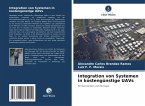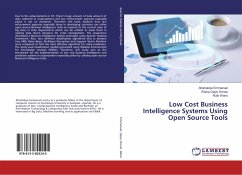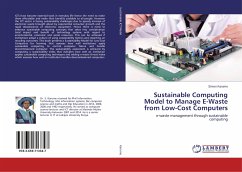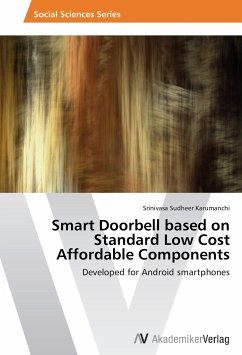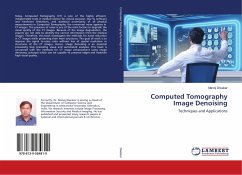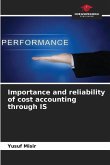Nowadays, Unmanned Aerial Vehicles (UAVs) are widely used in a large number of applications ranging from military tasks, such as information gathering, to civil applications, such as monitoring, inspection and even rescue. The main contribution of this research work is the replacement of traditional methods of aerial inspection and filming with methods using UAVs. Advantages such as low operating costs and, above all, low risk of accidents when compared to traditional methods have made this work feasible. The aircraft used were capable of performing autonomous landing and take-off procedures, maintaining the pre-programmed route, filming and sending live images to the ground control station, as well as enabling the recording of all data for later processing or analysis. In addition, as an extra contribution, this research detailed the model aircraft chosen, the system used, its configurations, and some of the applications developed.
Bitte wählen Sie Ihr Anliegen aus.
Rechnungen
Retourenschein anfordern
Bestellstatus
Storno


